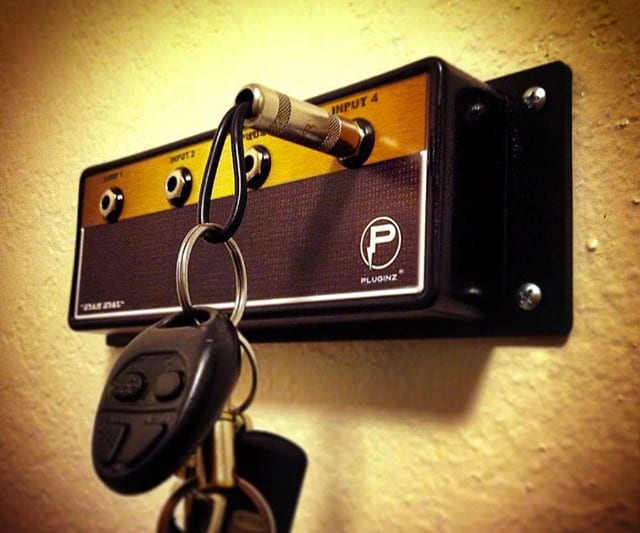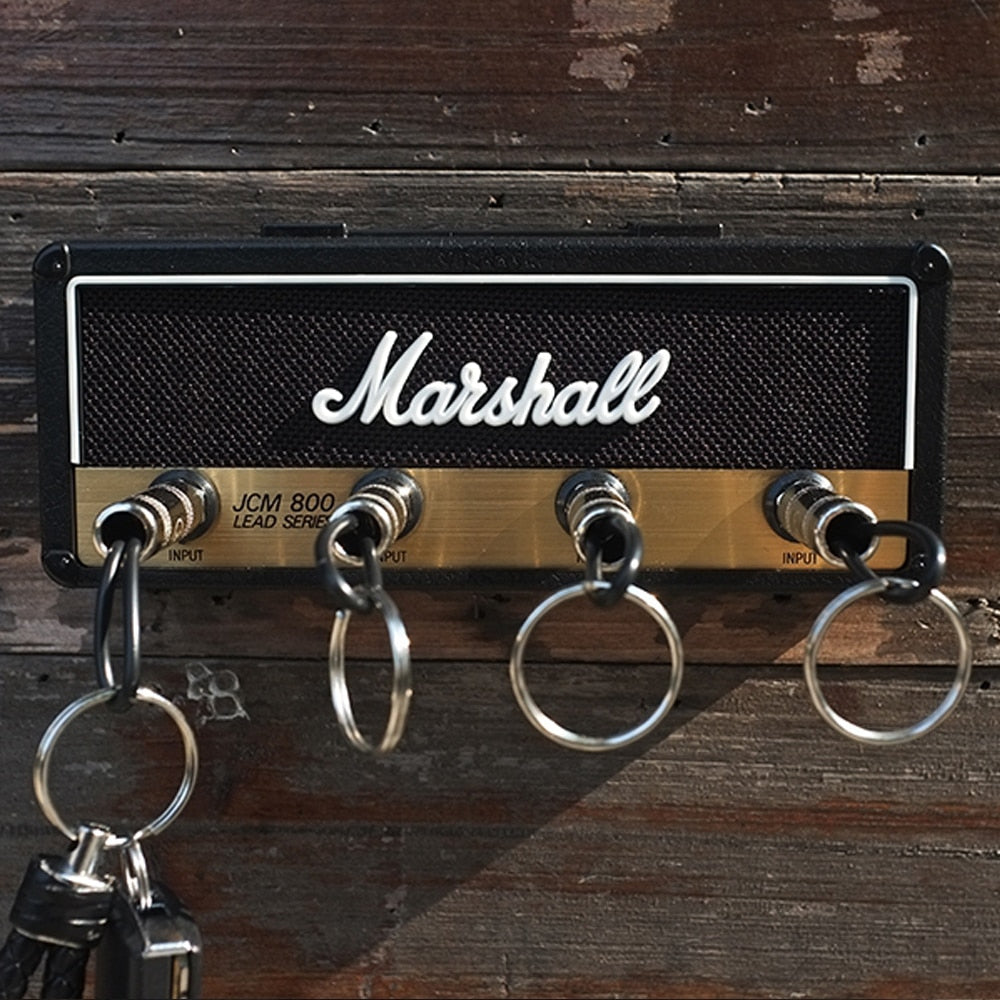

Fjestad is the author of the Blue Book of Acoustic Guitars, Blue Book of Electric Guitars, and the Blue Book of Guitar Amplifiers.Photo-Illustration: The Strategist Photo: RetailerĪbout a month ago, as I was attending a press preview for the jewelry designer Millie Savage, I noticed a commotion on the other side of a vitrine housing some $300 cocaine spoons. Remember, just about any Gibson amp, including your GA-40 Les Paul, is an affordable treasure! The planning is very preliminary and I’d love to hear from you, the reader, to see if this sounds like something you would like to read. A colleague of mine has been working on a database for a Gibson amp book. The good news is that this may change in the future. Although several authors have made great works about the Gibson company and their guitars, little has been devoted to their amplifiers. However, check out the third edition of the Blue Book of Guitar Amplifiers for some additional information and current values. I agree that there isn’t much information about Gibson amps out there. Regardless, vintage Gibson amps are a relative bargain when compared to their Fender counterparts. Also if you look at both companies’ amp lines currently, Fender has hundreds of SKUs in guitar and bass amplifiers while Gibson has two lonely models. This is all speculation, but it speaks to Fender’s effectiveness in promotion as well as making a great product. It is interesting to note that many Gibson amps are actually very similar in design to Fenders.įender also had some big name endorsers on their side – Bill Carson, Buddy Holly and Freddie Tavares. In fact, several variations will exist on one model without any notice or change in schematics. When Gibson changed a design, it went largely unnoticed. When Fender changed a design, the amp was typically given a new name – the Deluxe went from the 5A3, then the 5B3, to the 5C3, etc. Don Randall did a heck of a job selling Fender amps as well as working alongside R&D to develop new products.Īnother setback for Gibson amps is that they are not consistent with one another. Think of all the vintage Fender ads you have seen. Fender’s marketing was outstanding whereas Gibson’s bordered on non-existent. Overall, Fender amps are more successful than Gibson, and I attribute much of that success to marketing. If you look at the overall vintage market for guitar amplifiers, the priciest examples were mainly produced in the late 1950s or early 1960s – a far cry from either Fender or Gibson’s first efforts. In fact, many players agree that Gibson amps are as good if not better than certain Fender models.

It isn’t due to the fact Gibson produced an inferior product. Even the larger amps – the GA-30 and higher – command less than $2000 while a comparable 1956 Fender Deluxe is worth double the amount of your GA-40. Besides the unique GA-79 and GA-77 Vanguards, most Gibson amps can be found for under $1000. Based on overall value, Gibson is generally regarded as the premier guitar builder of the 1950s and 1960s. Leo Fender’s first amp was the K&F model in 1945. After all, Gibson preceded Fender in the amplifier market by more than ten years, introducing the EH-150 in the mid-thirties. I’ve always found it fascinating that Gibson amps are not more popular and collectible than they are currently. An excellent example could bring as much as $1500. Your amp hasn’t had an easy life, and based on the overall average condition, it is worth between $800 and $1000. The logo is supposed to read “Gibson 40,” but most of it is missing, which is not uncommon on these amps. It features a 12” speaker, two 6V6 power tubes supplying 14 watts, two channels, tremolo, and five controls Voicing, Volume 1, Volume 2, and Depth and Frequency for the tremolo circuit.

The version you have was produced roughly between 19 and is the second version of the Les Paul amp. It looks like you have an oldie-but-goodie here! The Gibson GA-40 “Les Paul” amp was introduced in 1952, and by the time the Les Paul name had been dropped on products by Gibson in 1962/63, it had undergone five major cosmetic alterations. Can you give me a little of the history of Gibson’s amps and what this thing might be worth? Also, how do these amps compare to Fenders? I’ve done some research, but I can’t find much information other than some online forums. I’ve got a Gibson Les Paul GA-40 amp and I’m looking for some information.


 0 kommentar(er)
0 kommentar(er)
